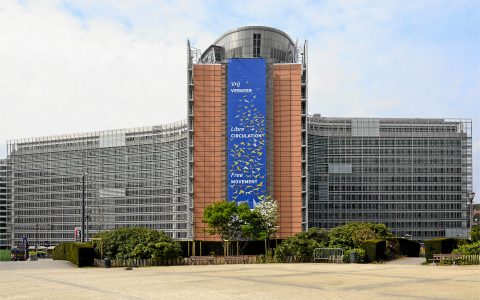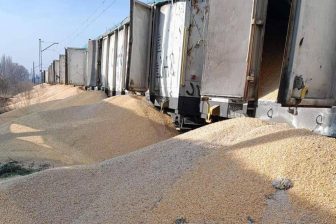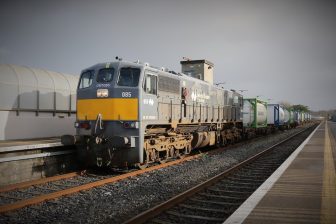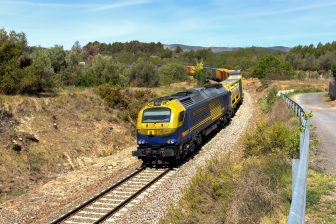
Rail should be included in Commission’s Green Deal Industrial Plan, says CER
The Community of European Railway and Infrastructure Companies (CER) is asking for the inclusion of the rail industry in the Green Deal Industrial Plan for the Net-Zero Age (GDIP), the EU’s new plan to reach zero emissions. However, as CER pointed out in a letter to European Commission (EC), the rail sector was not included in the Communication about the GDIP published at the beginning of February.
“We would like to express our disappointment regarding the missing reference to rail in the Communication. Therefore, we sincerely hope that its strategic importance will be fully acknowledged in the upcoming NetZero Industry Act due for publication on 14th March”, CER highlighted. The perhaps most significant request made by CER for the GDIP is the establishment of “a long-term, earmarked European fund for rail infrastructure investments”
What is CER asking?
The financial power of the GDIP, according to CER, should be used, for example, to finalise the European TEN-T network. The Plan, according to them, should provide a regulatory framework for rail investments across the EU. To do this, CER proposed that the GDIP should also focus on promoting EU strategic rail projects by granting faster access to European funds for rail investments. Moreover, the Community is asking for rail investments to be prioritised, including when it comes to the ongoing European Innovation Fund.
In addition to appropriate charging and refueling facilities, CER said that the network should be equipped with state-of-the-art rail technology, which could be funded through the GDIP. Despite being one of the first industries that started the phasing in of hydrogen and battery technologies, CER claimed that there is still a long way to go for the rail sector. The Community stressed the importance of investments in the context of ERTMS, Automatic Train Operations, Digital Automatic Coupling, and the Future Railway Mobile Communication System. Finally, CER want to include in GDIP “specific raw materials necessary for rail infrastructure investments across the EU”.
The Green Deal Industrial Plan for the Net-Zero Age
The GDIP was presented on 1 February and aims at enhancing and supporting the transition to climate neutrality in the Union. The Plan is based on four pillars: a predictable and simplified regulatory environment, faster access to sufficient funding, skills, and open trade for resilient supply chains. As mentioned above, the EC will first propose a Net-Zero Industry Act to support the industrial manufacturing of key technologies all over the EU. Secondly, the Commission wants to put forward a Critical Raw Materials Act to grant access to relevant critical war materials.
The EC also mentioned that “in March, the Commission will present a reform of the electricity market design”. This initiative will focus on implementing long-term pricing contracts that could allow all electricity users to stress less about electricity costs. For this, the EC is planning to boost battery production, reuse, and recycling in the EU. Finally, the Communicaiton published by the Commission does mention the importance of developing and strengthening the TEN-T network. However, this task might get more difficult if rail is not going to be included in the final GDIP.
Also read:





Any investment, TEN-T…, etc. shall be “future proof”, thus redundant, including “height” for future demand.
(Now railways is regarded a low quality mode, thus obstructing inter modal systems, otherwise including railway.)
Modes robust (redundant) safely and sustainably, add load capacity, for lower costs, etc.
Optimal electrification includes redundancy, etc., etc.
Regrettably current standard does not even allow for today’s traffic and speed.
(Current “optimal maintenance” is suboptimal…)